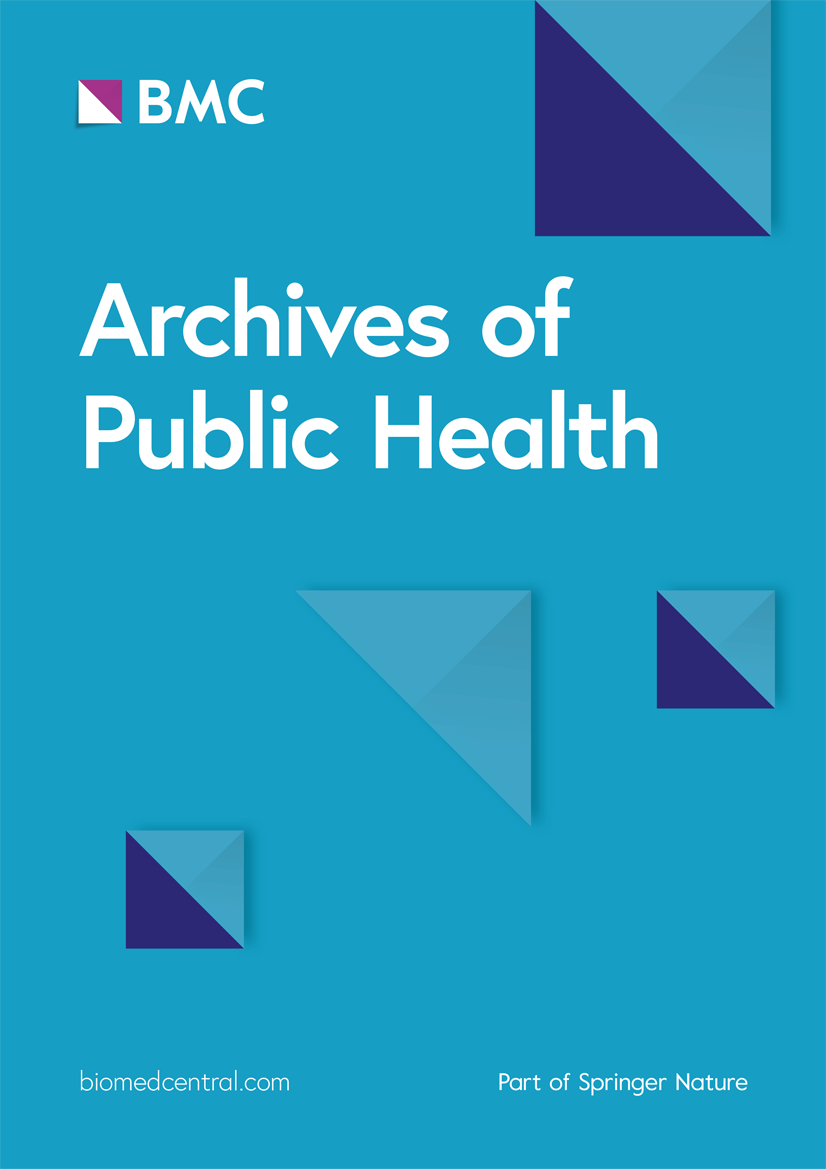The association between the use of alcohol and of tobacco with negative health consequences such as increased morbidity and mortality are well documented [1]. Negative health consequences have been linked to the toxic characteristics of these substances. As users are voluntarily exposed to these substances and consequently to their toxicity, it has long been suggested that such consequences be “preventable” by simply reducing or suspending self-exposure to such toxic substances [2]. Use of alcohol and tobacco are among the first leads of “preventable/avoidable” deaths and morbidity worldwide. Indeed, prevention interventions are based on the dissemination of information about the negative consequences of use on health and encouragement to reduce or avoid use through making access more difficult (for example, by increasing costs for the user through taxation or by making use illegal). From this perspective, these substances are the focus of public health campaigns in many countries that promote cessation or reduction of use, such as “Stoptober” for tobacco or “Dry January” for alcohol. Despite some effectiveness, the prevalence of use of these substances remains important [3].
Although any level of alcohol or tobacco use is associated with increased risk of negative consequences, these toxic effects and adverse health consequences nonetheless increase with quantity or frequency of use. The quantity of tobacco use is strongly associated with lung cancer, with a relative risk of 22.4 for light smokers and up to 50 for heavy smokers [4]. For cancer of the esophagus, which is most frequently associated with alcohol use, drinking alcohol in small to moderate or high quantities significantly increases the risk of this cancer [5]. Thus, people who are the most at risk of substance-induced morbidity/mortality are those who use the most and are also likely to benefit the most from reducing use or abstaining.
Unfortunately, these substances also have important reinforcing properties that promote repeated use and the risk of developing a substance use disorder (SUD). SUD, or addiction, is considered a chronic condition characterized by loss of control over use, which translates to an impaired ability to modulate use to rational choices (for example, based on knowledge of toxic effects), even when individuals experience negative consequences [6]. Consequently, individuals with addiction use larger quantities of substances more frequently over time, which in turn increases their risk of developing toxic consequences and complications. Indeed, there is a greater proportion of cancer among people with SUD than among those without SUD [7, 8]. Furthermore, epidemiological data show that a significant proportion of regular tobacco and alcohol users already have SUD (up to 67.5% and 26.6%, respectively) [9], and this will occur before having time for consequences to develop.
Consequently, regular tobacco and alcohol users will be among the most in need of interventions to prevent negative health outcomes; however, for those with SUD, cancer and health damage due to substance use will not be easily “preventable” because of their impaired ability to modulate their use, despite knowledge of risk, experience of morbidity, and/or willingness to abstain. In this population, the usual prevention messages promoting reduced use or abstinence could be more difficult to follow, making them eventually deleterious. Indeed, such encouragement to reduce substance use to stay healthy and prevent the development of diseases associated with morbidity and mortality may expose individuals to repeated failures, increase guilt for not being able to reduce use or achieve abstinence, reduce self-esteem and self-efficacy, and contribute to stigmatization. Stigma against SUDs, including self-stigma, has been shown to contribute to continued use, reduced access to treatment services, and decreased opportunities for remission from SUDs [10, 11].
Addiction may thus be considered a major risk factor for continued use despite access to information and encouragement to reduce use, and this risk factor is modifiable. When SUD is properly identified, it may be treated effectively like other chronic conditions [12,13,14]. This calls for a major shift in cancer prevention campaigns worldwide. Encouragement to limit the use of substances with toxic effects should be contingent upon awareness campaigns about SUD, the promotion of SUD screening, and easy access to SUD treatments, including at the early stage of addiction [15]. Instead of “Want to avoid cancer: reduce or stop alcohol and tobacco!” We may have a better public health impact with “Want to avoid cancer: Come and screen for SUD!” In healthcare settings, to encourage people to be screened for SUD in order to avoid cancer it might be better to insist on efficacy of SUD treatment more than on risk of cancer related to continued use. This may be done by developing interventions to help people with addiction to better access their craving that is central to SUD diagnosis and prognosis [16, 17]. Development of community research with people that experience addiction may contribute in the future to find better ways to develop craving awareness [18], and consequently, truly prevent cancer.




Add Comment